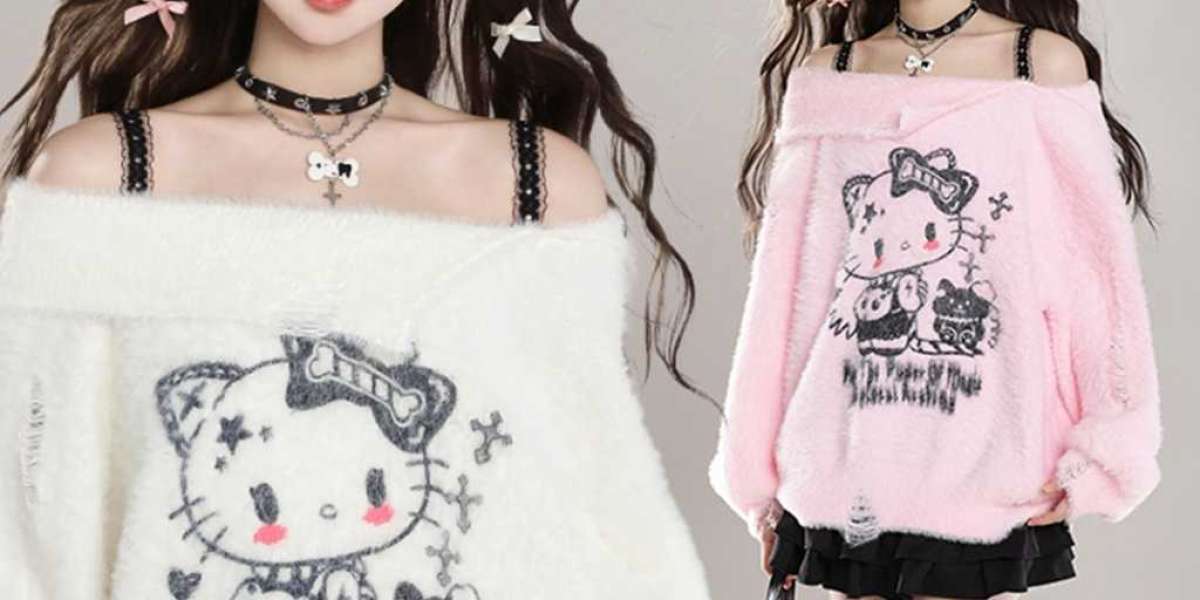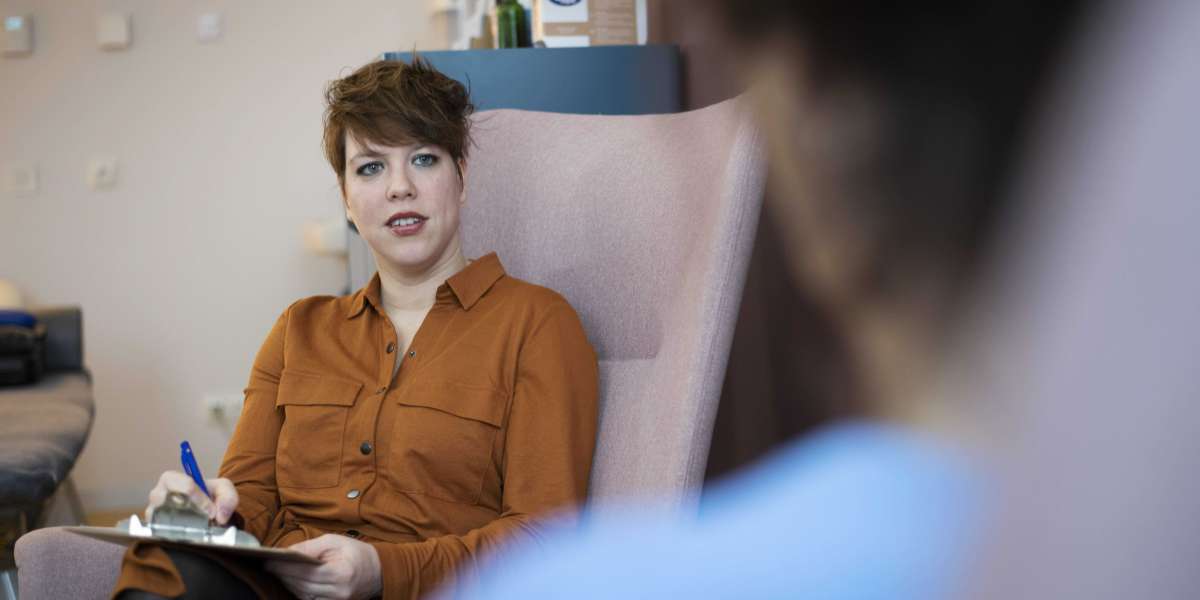Introduction
Vogue developments come and go, however one fashion that has stood the test of time is the kawaii aesthetic, a Japanese term that translates to "cute" or "adorable." Characterized by pastel colors, whimsical patterns, and oversized silhouettes, kawaii style has become a world phenomenon, influencing a variety of industries from cosmetics to interior design. In this text, we will delve into the world of pastel kawaii outfits, analyzing the psychological elements that make them so appealing and discussing their impact on contemporary fashion.

The Psychology of Kawaii
At its core, kawaii trend taps into our primal instinct to nurture and protect. Using smooth, gentle colours like child pink, lavender, and mint green elicits emotions of warmth and consolation, whereas oversized shapes and playful particulars create a sense of innocence and vulnerability. In a world that may often really feel harsh and unpredictable, kawaii vogue provides a respite, allowing us to retreat into a dreamlike realm of sweetness and gentle.
Moreover, kawaii fashion appeals to our inner baby, evoking recollections of easier instances when the world appeared stuffed with marvel and possibility. The whimsical patterns and charming details of pastel kawaii outfits transport us back to a time after we might lose ourselves in a world of make-imagine and fantasy. By embracing these components in our clothes decisions, we're capable of recapture a sense of childlike joy and surprise, even in the midst of our busy, grownup lives.
Evolution of Kawaii Style
The origins of kawaii vogue could be traced back to Japan within the 1970s, when the country experienced a cultural revolution that emphasised cuteness and innocence as fascinating qualities. This aesthetic was popularized by the rise of Whats up Kitty, a cartoon character created by Sanrio that embodied the kawaii very best together with her pink bow and spherical, smiling face. Hiya Kitty became a cultural icon, spawning a variety of merchandise and inspiring a brand new era of designers to experiment with cute, whimsical styles.
In the many years that adopted, kawaii vogue spread beyond Japan, changing into a worldwide phenomenon that transcended age, gender, and cultural boundaries. Immediately, you'll find kawaii-inspired clothing and equipment in shops all around the world, from excessive-end designer boutiques to fast-trend chains. The proliferation of social media platforms like Instagram and TikTok has additional fueled the popularity of kawaii trend, allowing lovers to share their outfit ideas and join with like-minded individuals from across the globe.
The Attraction of Pastel Kawaii Outfits
Some of the enduring tendencies inside the kawaii style movement is the usage of pastel colours, that are chosen for their tender, gentle hues that evoke a sense of calm and tranquility. Pastel kawaii outfits often feature a mixture of pale pinks, blues, and yellows, creating a cohesive, harmonious palette that's pleasing to the attention. These colours are sometimes paired with whimsical prints like hearts, stars, and animals, adding a playful contact to the overall look.
Along with their visual enchantment, pastel kawaii outfits are additionally prized for his or her versatility and consolation. The oversized silhouettes and free-fitting shapes of kawaii clothes make them splendid for a variety of physique sorts and occasions, whereas the gentle, breathable fabrics be sure that they are comfy to wear all day lengthy. This combination of type and functionality has made pastel kawaii outfits a wardrobe staple for many style fanatics, who recognize their ability to make a statement while nonetheless being straightforward to wear.
Influence on Contemporary Fashion
The influence of kawaii fashion may be seen in a variety of contemporary tendencies, from streetwear to haute couture. Designers like Marc Jacobs, Moschino, and Jeremy Scott have all integrated kawaii outfit components into their collections, utilizing pastel colors, oversized shapes, and whimsical prints to create a way of playfulness and whimsy. In addition, celebrities like Ariana Grande, Billie Eilish, and Zendaya have embraced the kawaii aesthetic, incorporating it into their personal model and crimson carpet looks.
Moreover, the rise of online procuring and social media has democratized the style industry, allowing independent designers and small manufacturers to succeed in a worldwide audience with their kawaii-inspired creations. Platforms like Etsy and Depop have turn into hubs for kawaii fans to buy and sell handmade clothing and accessories, fostering a vibrant community of creatives who are pushing the boundaries of conventional vogue norms.
Conclusion
In conclusion, pastel kawaii outfits have develop into a staple of contemporary vogue, interesting to our innate desire for sweetness, innocence, and playfulness. By tapping into the psychological factors that make kawaii style so appealing, designers and fanatics alike are in a position to create appears which can be both fashionable and comfortable, allowing us to precise our individuality and creativity in a approach that feels authentic and true to ourselves. Because the kawaii motion continues to evolve and adapt to altering style traits, one factor is evident: pastel kawaii outfits are here to stay.








